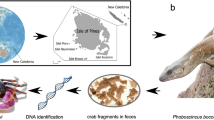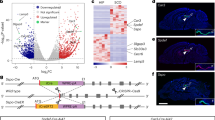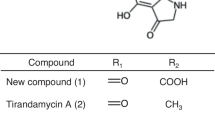Abstract
DURING recent work on the in vitro cultivation of the hydatid organism, Echinococcus granulosus, observations were made on living 35-day-old strobila freshly removed from the intestine of dogs. Strobila were examined as quickly as possible after autopsy on a warm stage in hydatid fluid or Parker's 199 medium. The scolex showed a very marked activity, one phase of which was characterized by the rostellum region being expanded to its limit—a process resulting in the hooks being raised to form an anterior disk (Fig. 1). This phase may be only momentarily observed for it rapidly changes to one in which the hooks are lowered. This represented a picture of the behaviour pattern of the Echinococcus scolex not evident from text-book illustrations, which appear to be based on fixed specimens.
This is a preview of subscription content, access via your institution
Access options
Subscribe to this journal
Receive 51 print issues and online access
$199.00 per year
only $3.90 per issue
Buy this article
- Purchase on SpringerLink
- Instant access to full article PDF
Prices may be subject to local taxes which are calculated during checkout
Similar content being viewed by others
References
Smyth, J. D. (in the press).
Faroogi, H. U., Z. Parasit., 18, 308 (1958).
Author information
Authors and Affiliations
Rights and permissions
About this article
Cite this article
SMYTH, J. Secretory Activity by the Scolex of Echinococcus granulosus in vitro. Nature 199, 402 (1963). https://doi.org/10.1038/199402a0
Issue date:
DOI: https://doi.org/10.1038/199402a0



